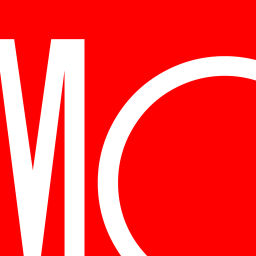A rollover IRA is an account created when assets are transferred from a qualified employer plan into an individual retirement account. By “rolling over” money from one account to the other, investors can preserve the tax-deferred status of their assets.
Rollover IRA
What is a rollover IRA?
- A rollover IRA allows investors to preserve the tax-deferred status of assets transferred from qualified employer plans.
- A rollover may be either direct or indirect, with direct rollovers providing investors a more hands-off option.
A rollover IRA is an account created when assets are transferred from a qualified employer plan, such as a 401(k), 403(b), or profit-sharing plan, into an IRA. Assets may also be withdrawn from other IRAs into a rollover IRA.
There are two primary ways that investors can roll over their accounts. When assets are moved directly from one account to another, it is known as a direct rollover. In an indirect rollover, investors may also withdraw funds themselves and contribute to the rollover IRA; however, the IRS will hold on to 20% for federal income taxes if investors don’t deposit 100% of the funds within 60 days. Once the transfer is made, investors will be given a tax credit.

